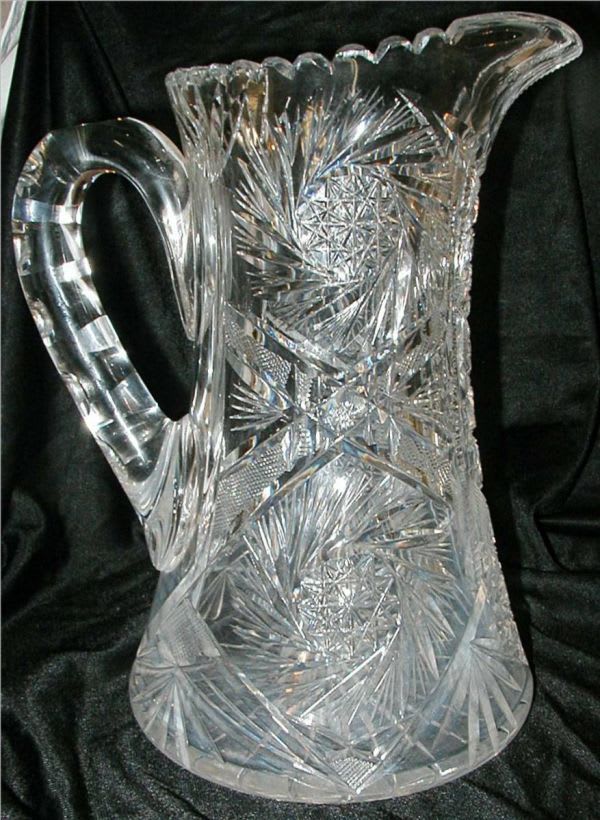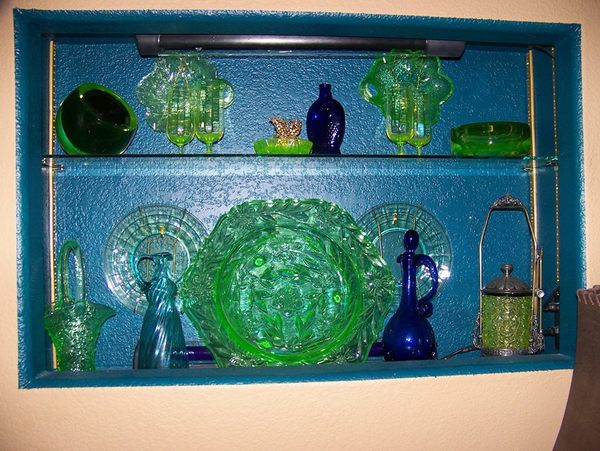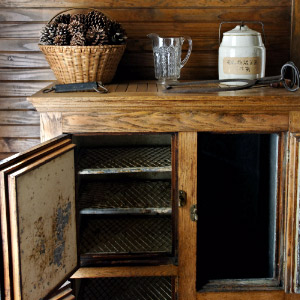Antique Spotlight: If You Own Any Uranium/Vaseline Glass, Check This Out!
Would you eat from something that glows under black light and is RADIOACTIVE???
While Depression-era glass was and continues to be wildly popular as a collectors item, there are other types of glass that remain a hot commodity, be it for their color, shape, rarity, or material; Uranium glass (or Vaseline glass, as it’s also called, known for its petroleum jelly yellow color) is just as highly sought after, and perhaps even more intriguing than Depression glass because of its chemical makeup, as showcased in this video.
As you may have guessed, Uranium glass contains uranium oxide, which gives the glass a yellow or yellow-green tint, makes it radioactive, and causes it to glow vibrantly under a UV black light…if that’s not cool on some level, we don’t know what is!


History
While use of uranium as a coloring agent has been in practice for hundreds of years, it wasn’t until the mid 1800s that it became common in glass-making, and only in the 1880s that it gained massive popularity. From there, uranium oxide was a commonplace component (creating the standard yellow, Vaseline-colored glass), with the addition of iron oxide (rust) added later to make each piece more green, in accordance with popular demand. This practice continued until World War I when stringent laws were made, making uranium a heavily regulated substance. Deregulation occurred in 1958, but Uranium/Vaseline glass produced after that wasn’t the same as before, due to the depleted uranium that was used instead of the more radioactive strain from before.


Distinguishing Characteristics
Uranium glass is characterized by the presence of uranium (oxide) and, in some cases, iron oxide, which is what makes it green. Tinged varying shades of yellow, Vaseline glass can have an oily sheen to it, and is generally, although not always, translucent. While you may be able to recognize some pieces just by looking at them, it takes a UV black light to officially see whether or not the glass flouresces due to the presence of uranium; keep in mind, the glass glows green only because of the uranium, not because it’s radioactive.
In reference to Uranium glass’ radioactivity, it should be noted that, while pieces from the late-19th and early-20th centuries were comprised of 2-25% uranium, the level of radioactivity is still negligible in the long run; people are exposed to radioactive materials every day and, while we wouldn’t recommend eating or drinking from them, these pieces weren’t actually considered harmful.


Collecting
If you’re a collector or interested in starting a collection of Uranium glass, it can be hard to know how to start your search, especially when there are so many beautiful glass pieces out there. Below, we’ve got a few pointers to keep in mind when you come across pieces you’re not sure about.
- Acquaint yourself with glassware from the same time period so you can learn to distinguish it. Whether it’s by going to antique shops or estate sales, or just looking at pictures in art books or online, this is one of the best ways to get started.
- Based on appearance, it’s easy to confuse Uranium glass with Depression glass, but Depression glass does not have any uranium in it, so it doesn’t glow.
- If you’re serious about only collecting Uranium or Vaseline glass, carry a small black light wand with you, since that is the only sure-fire way to see the presence of Uranium.
- Don’t be fooled by external appearance or texture. While some Uranium glass has an oily sheen to it, that doesn’t mean that a piece lacking said sheen isn’t real.
- If you care about distinguishing the two in your search, Uranium glass is any glass that has uranium in it and can be yellow or green in color. Vaseline glass is a subset of Uranium glass that has uranium in it, but that is only yellow in color.


We don’t know about you, but we find the concept of glowing (albeit radioactive) glassware super cool – here’s a video of it under black light to see what it looks like! – and we hope this article helps anyone and everyone interested in expanding their collection. If you’re not afraid of (teeny tiny doses of) radiation, good luck with your search and happy hunting!
SKM: below-content placeholderWhizzco for DOT

